Between July and November life was pretty much normal. The only things that were missing from my day-to-day life was hockey at the weekends and Finnish School for the kids. Like mentioned in the last post, I had – by this point – gotten used to working from home.
With gyms open and being able to get on the ice regularly were a big help. I had just about gotten to the end of my regular workout routine by November when the rumours about a month long lockdown started to circulate.
Before long it was announced that the country would lockdown for a month to try and curb the rise in infections. My concerns here were not as great as with the first lockdown. The kids would be going to school as per normal and the only thing that I would miss out on was the gym and hockey. On both fronts it was a blessing in disguise as I had managed to pick up an injury that I wanted to heal up first.
Yes, life was dull with staying indoors, but because I was focused on recovery rather than yearning to exercise, it didn’t feel as bad. The other thing that was easier to process in Lockdown 2.0 was that it was only for a month. There was a clear end-date in sight. Through the various injuries and surgeries I’ve had, a month felt like a walk in a park.
By about midway through I was chatting with one of my teammates who gave me a code for an online portal of at home workouts. Think kind of like Netflix for fitness. As my injury had healed up, I started to do exercise at home. I’ve never been one for body weight stuff, but getting a sweat going on a daily basis felt good. Particularly as the weather was miserable and I didn’t really want to go running in the pouring rain. Doing these workouts brought some stability to life and helped with a routine becoming more than just a cycle of work, lunch, work, dinner, bed. Don’t get me wrong. I absolutely love what I do for a living, but I also love doing other things to keep myself active.
The way I approached the home workouts was that they would at least build a base of fitness when we got back to the gyms. You’d be surprised how much a four-week layoff will do to your fitness levels. Once gyms would open my plan was to do a workout at home during my lunch break and then workout in the evening.
As the above sentence might suggest, I was paying more attention to what I was eating. I had started to shift my focus to getting decent lunches in. During the first lockdown the problem was my lunch habits and the excess take-away meals. However, during Lockdown 2.0 I was able to start fixing some of the issues with lunches and start getting into better habits again.
Mental health was affected yes, but not to degree as it was for the first one. I think what helped was the brevity of the lockdown. Where I wasn’t a fan of it (I think my response to a tweet asking how do I intend to use the lockdown was to ruin my guts), settling into a routine was easier.
The other thing that I did through the second lockdown was that I actually cut down on my drinking. During the summer and the relatively normal life that we were able to lead at that point lead already reduced the amount I drank. This was largely down to the fact that I had those other distractions like the gym.
Emerging from lockdown, I started my normal workouts that I would do during the off season, again with the hopes that IF there was a season, I would be ready, but also because I’ve realised that the four month routine that I have works for me and I get good results out of it.
Despite going to the gym, there was something off. I felt lethargic doing the workouts. I pushed through them, but I didn’t have the same vigour and intensity as I normally like to train with. Part of it was probably that I was nursing my back still, but something just felt off.
Going through December, I was already hatching a plan as to what I’d do differently in the new year. I was prepared to miss a couple of days of exercise in because of Christmas and new years. After finishing my workout on the 24th, I didn’t realise that it would be the last time that I’d be stepping into a gym for the foreseeable future. The government announced that the area where I live would go into Tier 4 on boxing day. For those not familiar with the UK tiering system, Tier 4 was effectively the same level of restrictions as the November Lockdown, so all non-essential stores and leisure facilities would shut down, but schools would remain open.
And with that announcement, it has been a over a month since I left the house to go anywhere.
I’ll go over my feelings of Lockdown 3.0 in the next post as there’s more to unpack here.
Trigger warning: This post will include some talk of politics.

 Weight:
Weight: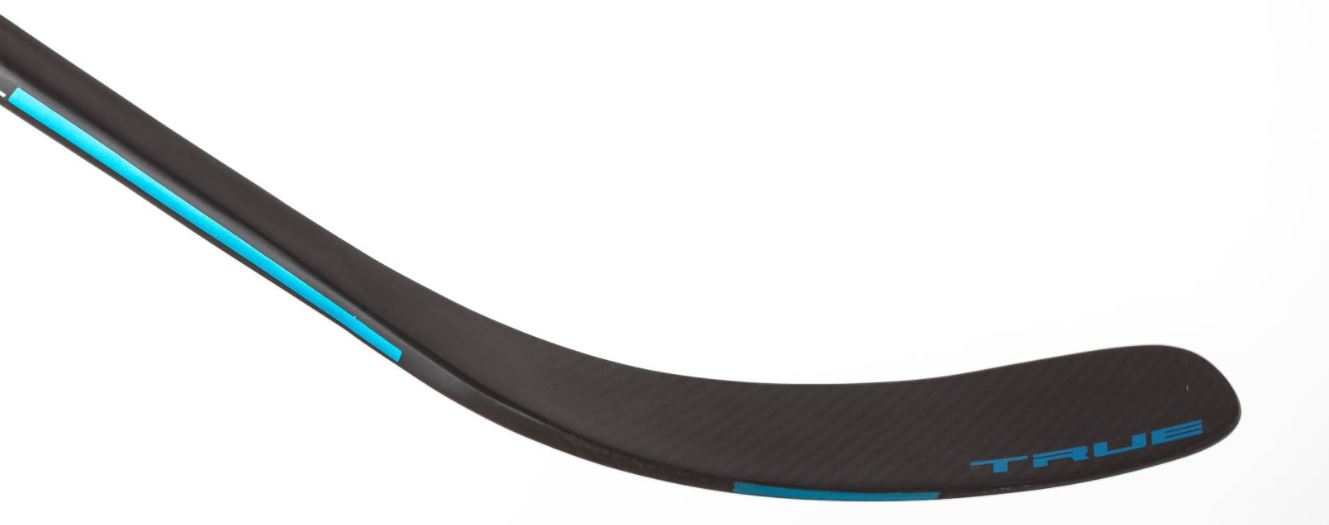 The XC9 ACF has a new blade that features TRUE’s Braided Rib Technology (BRT). This technology means that the blade is now more durable (We’ll come to that later), but it has also mean big improvements on the feel.
The XC9 ACF has a new blade that features TRUE’s Braided Rib Technology (BRT). This technology means that the blade is now more durable (We’ll come to that later), but it has also mean big improvements on the feel.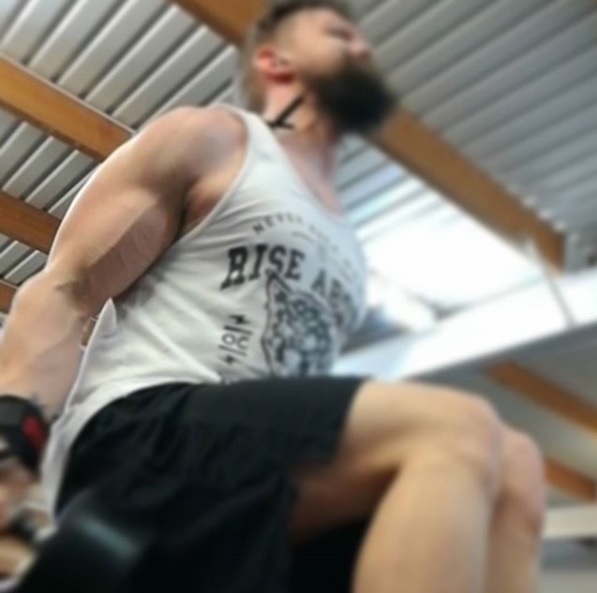
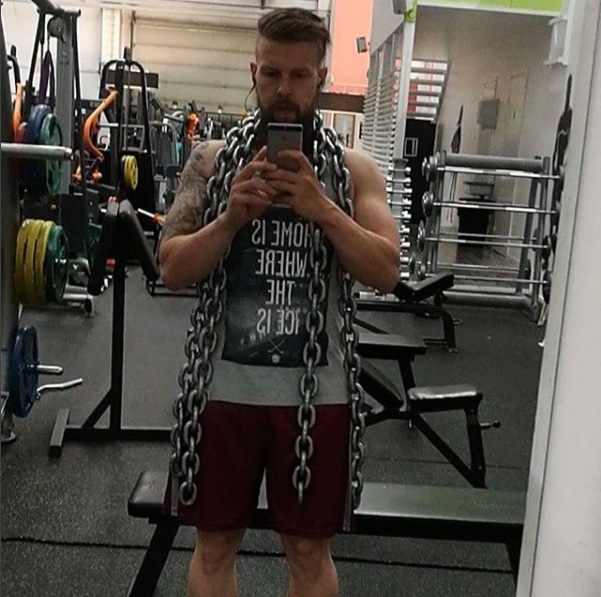



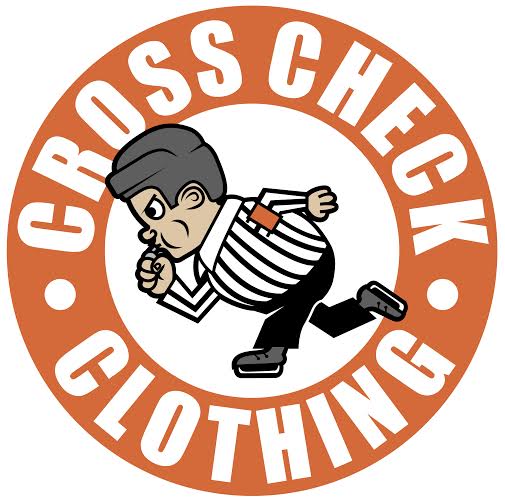
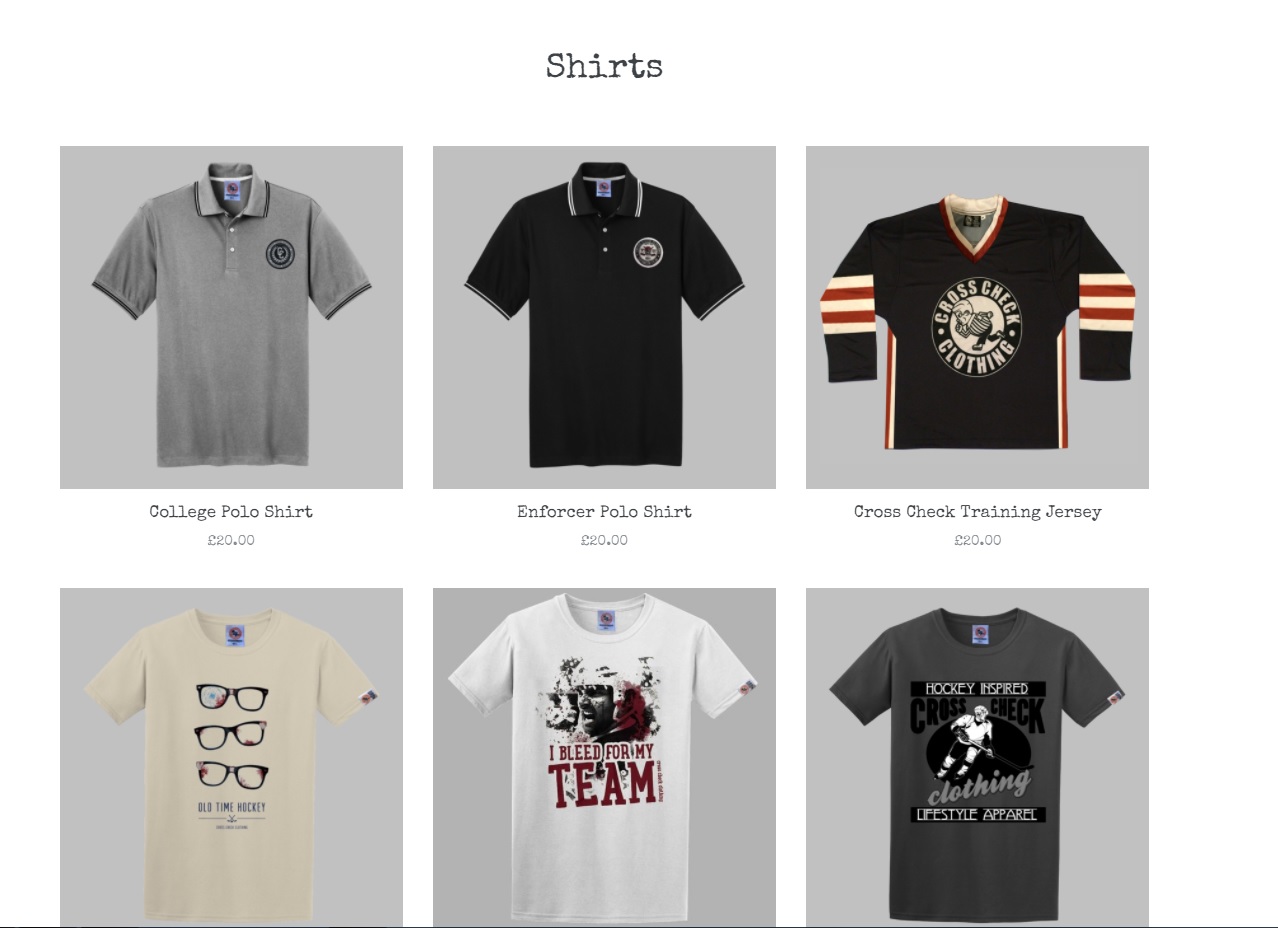
 When TRUE first let us test the original A6.0 and A5.2 sticks it was a revelation of what hockey sticks could and should be like. This was then followed by the X-Core 9, which we still view as one of – if not THE – best sticks on the market. TRUE has given us the A6.0 SBP to try and we’ve been finding out if it is the old A6.0 with a cherry on top or a complete overhaul.
When TRUE first let us test the original A6.0 and A5.2 sticks it was a revelation of what hockey sticks could and should be like. This was then followed by the X-Core 9, which we still view as one of – if not THE – best sticks on the market. TRUE has given us the A6.0 SBP to try and we’ve been finding out if it is the old A6.0 with a cherry on top or a complete overhaul. true to TRUE’s brand of using almost neon blue and grey design, which helps it stand out from the crowd. Like we mentioned in the Warrior QRL review, TRUE has always been more about performance than about the bling factor of a white stick with a fancy blade decal.
true to TRUE’s brand of using almost neon blue and grey design, which helps it stand out from the crowd. Like we mentioned in the Warrior QRL review, TRUE has always been more about performance than about the bling factor of a white stick with a fancy blade decal. What we have found interesting in the TRUE A6.0SBP is TRUE’s Smartflex. The Smartflex technology allows for stiffness distribution from any shooting position. It feels almost like similar type of technology that CCM successfully used in its RBZ sticks and we really love it. The Smartflex is one of the real highlights of the A6.0SBP stick as it offers you almost a customised flex from the shaft.
What we have found interesting in the TRUE A6.0SBP is TRUE’s Smartflex. The Smartflex technology allows for stiffness distribution from any shooting position. It feels almost like similar type of technology that CCM successfully used in its RBZ sticks and we really love it. The Smartflex is one of the real highlights of the A6.0SBP stick as it offers you almost a customised flex from the shaft.